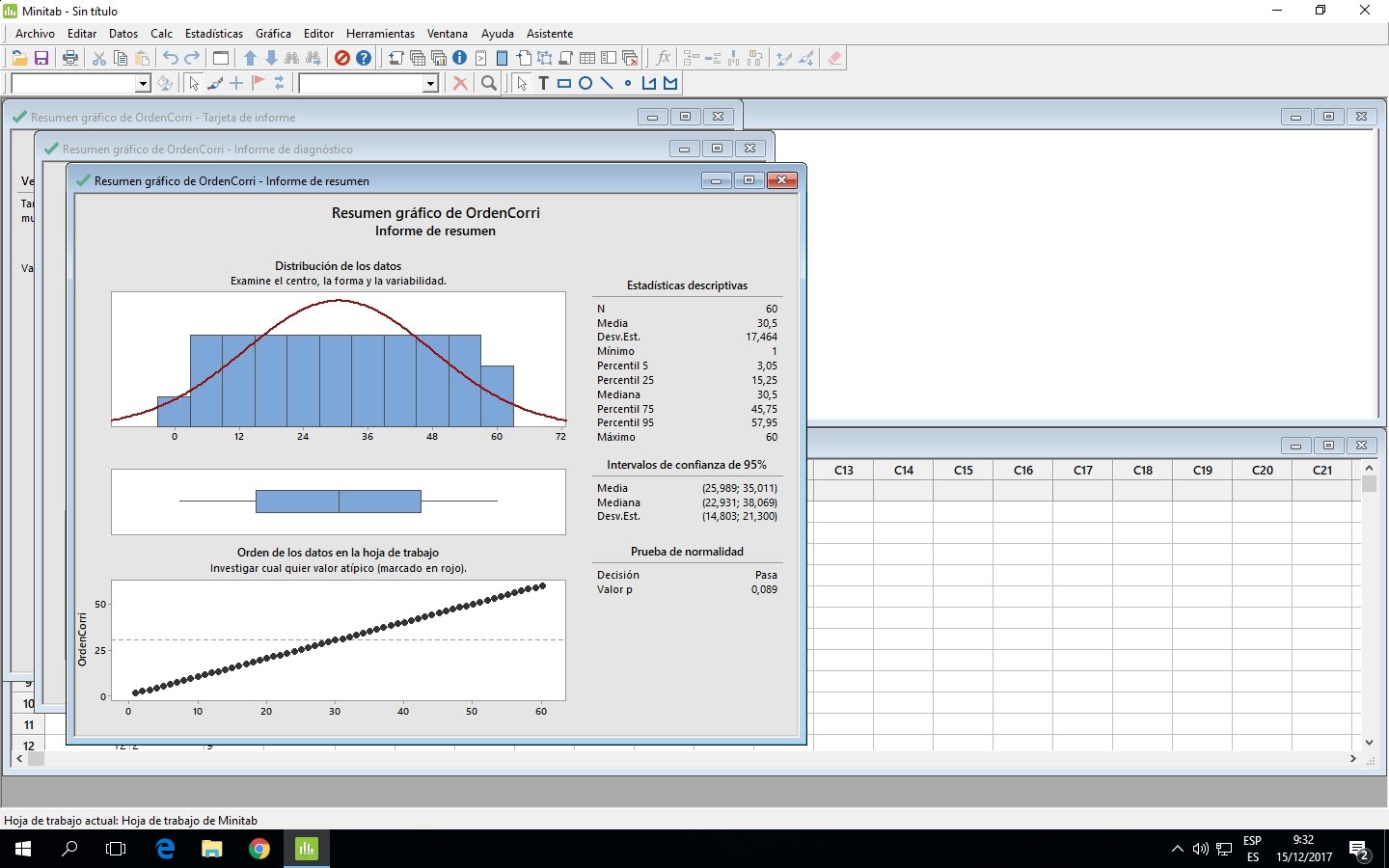

#Minitab statistics free#
It was recommended that environmental agencies in Nigeria, like the Nigerian Meteorological Agency in collaboration with the Nigerian National Bureau of Statistics should work assiduously toward keeping an up to date records of climate and weather indicators and also making it available and accessible to researchers and general public free of charge. Non availability of rainfall data for recent years was a major limitation to this study hence an updated record may reveal better trends. Furthermore, there was no visible pattern of rainfall as there were rainfall fluctuations with no particular trends in the selected towns over the years. Similarly Ikom had the minimum rainfall variability of 10.27 over the study period. Although Benin recorded the second least average rainfall after Akure, it has the highest rainfall variation of 17.88% over the study period. An analysis of rainfall variations in the Niger Delta region shows that Akure in Ondo state recorded the least average rainfall across the study area and over the years while the highest average rainfall was recorded in Calabar in Cross Rivers State. Analysis of Variance and descriptive statistics were used to analyze the rainfall pattern and variation over the study period. Rainfall data from 1981 to 2008 was used for the study. This may have its own contribution to the climate change recorded over the years in the region. Exploration and production of oil in the Niger delta are associated with high environmental impact.


 0 kommentar(er)
0 kommentar(er)
